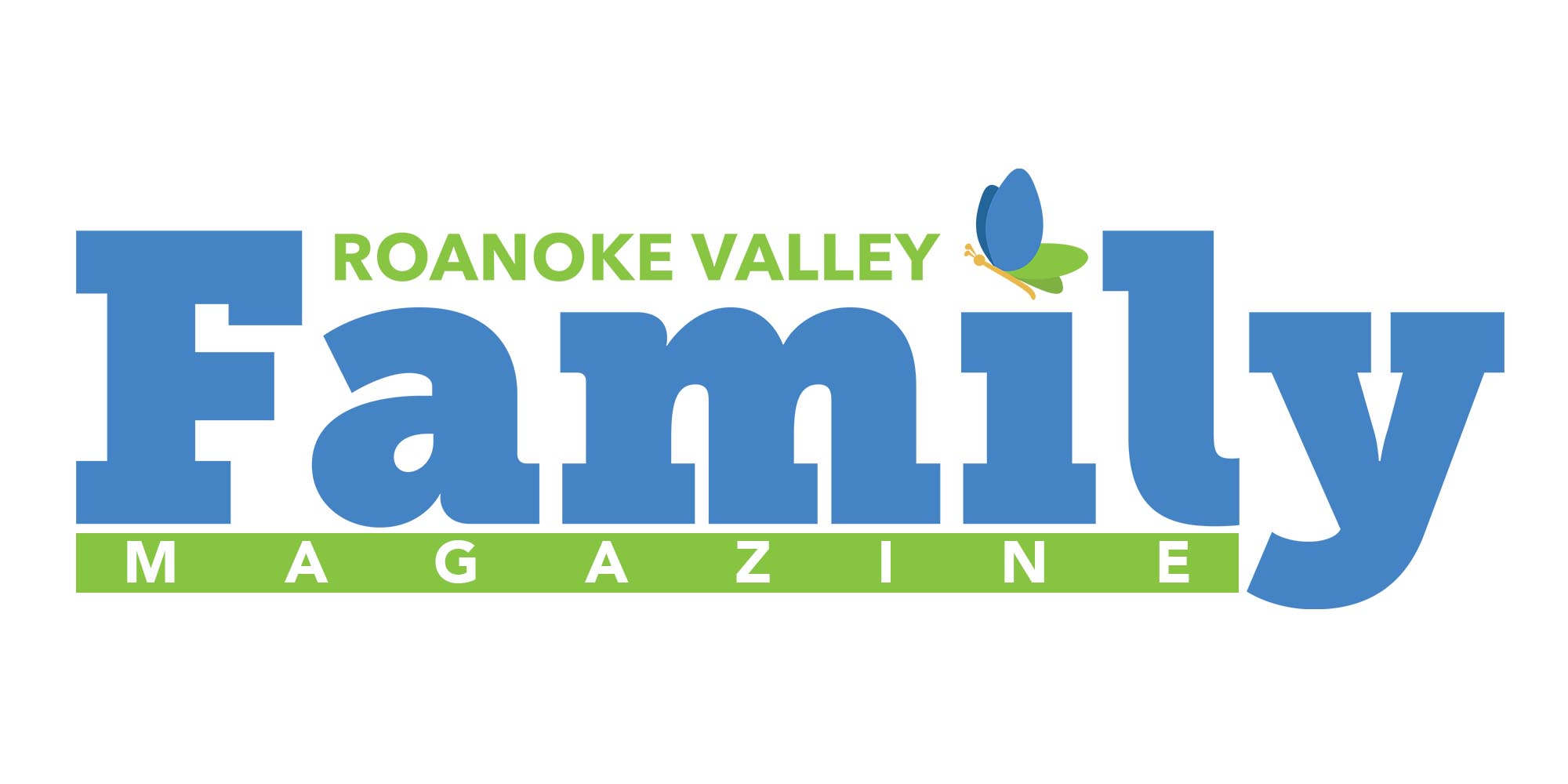Illustrious Roanokers, Part 2
Next in the list of illustrious Roanokers is someone who was actually not native to Roanoke, but critically important in its growth. Let’s meet…
Mr. Frederick J. Kimball (1844 – 1903)
Mr. Kimball was in a literal sense the man who put Roanoke on the map. A life-long railroad man, Fred was one of the early visionaries and founders of the Norfolk and Western Railway, and Roanoke became the linchpin of his vision. Here are some interesting facts about Fred:
- Born and raised in Philadelphia, Fred started working on the railroad at age 18 and never looked back. After several years of advancements, by the early 1880s Fred found himself a partner in a Philadelphia banking firm that had taken financial control of two railways in Virginia – the east-west AM&O and the north-south Shenandoah Valley Railway. Fred became head of them both.
- The junction of these two railroad lines would be destined to become a very important place – a hub for industry and development. Kimball settled on the small town of Big Lick on the Roanoke River for this junction. As the railroad moved into the area, the community boomed. The sleepy town of Big Lick was overwhelmed by an influx of people and jobs. In gratitude for his role in this transformation, the residents of Big Lick offered to rename their town Kimball. Fred graciously declined, and suggested the name of Roanoke (after the adjacent river). The residents accepted this suggestion.
- Roanoke would graduate from a town to a city in just 3 more years. The Roanoke Machine Works were converted into shops for locomotive construction and repair, and began hiring vast numbers of people. The two railroads eventually combined into the Norfolk & Western Railway, and the Roanoke Shops would produce hundreds of locomotives for the railway and employ thousands of workers at the height of its production.
- Fred’s visionary leadership continued to transform the region. He was one of the first to recognize the untapped potential of the coalfields of the western Virginia mountains. N&W made several key acquisitions to the west, and coal soon became the railroad’s major commodity.
- Thus, Fred brought to life the economic system that would drive the region’s growth for decades to come: The coal mines of Appalachia, connecting to the coastal cities and ports, via the artery of the N&W railway. This brilliantly successful model would define the city of Roanoke for an entire era.
- When Fred died in 1903, his dream was already well on its way to fulfillment. In a few short years, N&W had more than tripled its length of lines and established its reputation as a leader in the railroad industry.
- Fred is, apparently, also responsible for selecting the location of the Hotel Roanoke, which was at the time a wheat field. His choice had the effect of moving the city’s entire downtown area north a few blocks, away from Franklin Road. Little wonder that the road between the Hotel and the Norfolk Southern headquarters is named… Kimball Avenue.
- Roanoke’s glory days of railroads are in the past; the iconic office buildings and shops are empty and silent. But monuments of those days still stand – some in the railyard of the Transportation Museum, some in historic downtown buildings and markers, some in the culture and fabric of the city.
More from Tim Carr
- Virginia’s Native Allspice

- Wet and Wicked Weather in Western Virginia – Part 3
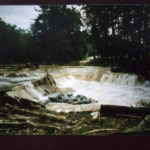
- Virginia’s Earth-shaking Events
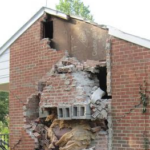
- Roanoke – the Star City Game
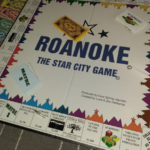
- Saving the Planet, one Semi-Immortal Toyota at a time
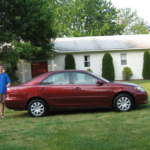
- Chic(k) Lifestyle – Part 1
- Books to Read Aloud – Caddie Woodlawn
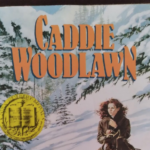
- 5 Random Items We No Longer Want To Do Without

Share This:
